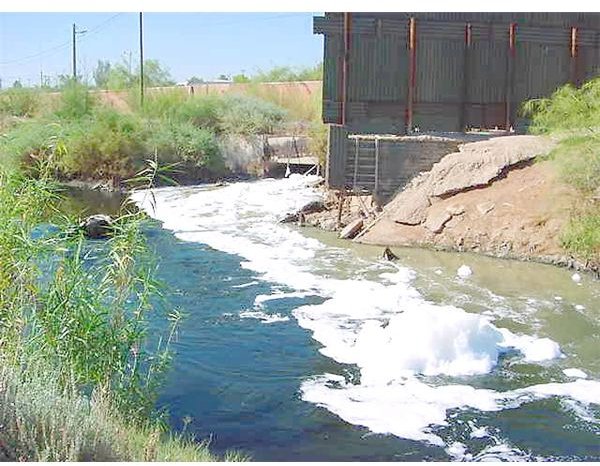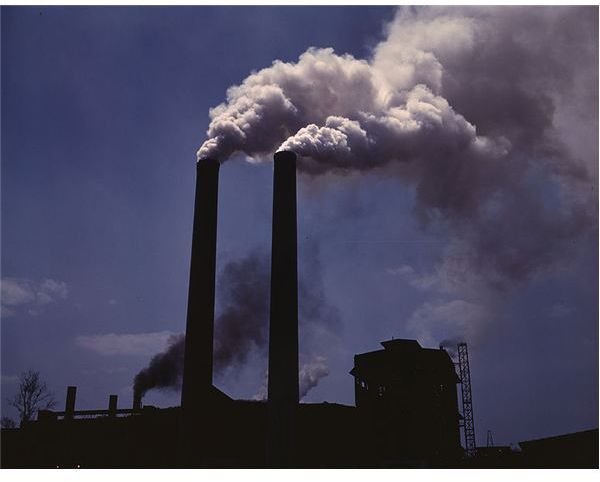Main Types of Pollution: Learn About Air, Water, Soil Pollution As Well as Radioactive Contamination: How Pollution Occurs & How You Can Help Prevent It
What Is Pollution?
We often talk about the harms of pollution but do you know what pollution actually is? Before we can understand how to control environmental impacts caused by various forms of pollution we must first start at the beginning with the basics to understand what exactly pollution is and where it comes from.
The official definition of pollution, as defined by Webster’s Dictionary is “the introduction of harmful substances or products into the environment.” Basically, any time a foreign substance is introduced into an environment, particularly a contaminant or toxin, that produces some kind of a negative or harmful impact on the environment or living beings is considered pollution.
Pollution occurs in many forms ranging from chemicals in the form of gases or liquids, noise, energy sources such as light or heat, or even solids such as the types of waste that end up in landfills. Even substances that occur naturally can be considered pollution when additional quantities are added to the environment in unsafe amounts, such as is the case with carbon dioxide and mercury which although there can be some natural sources of these elements, elevated levels produced by industries can have catastrophic effects on the environment and all forms of life including humans.
Types of Pollution:
There are four main types of pollution including:
Air Pollution: which is generally in the form of a gas emitted by factories, power plants, automobiles, etc. such as the familiar greenhouse gases including carbon dioxide and methane but can also include particulate matter such as is the case with asbestos or biological matter that could be released into the air. The most common sources of air pollution include oil refineries, power plants, burning of fossil fuels, automobiles, fumes from aerosols and chemicals such as paint, factories, and incinerators.
Water Pollution: occurs anytime these contaminants, or pollutants, enter into a water source such as the ocean, river

s, lakes, or ground water. Many of the same sources that result in air pollution can also release pollutants into water supplies through either directly leaking or spilling materials into the water or releasing chemicals into the air that then fall back into water supplies in the form of acid rain. Water pollution also results from run off which occurs when storm water drains off of farms or other areas carrying with it a variety of pollutants including fertilizer, pesticides, and waste. Oil spills are also another source of water pollution, even on land since it can contaminate water via run off or by seeping into the ground, polluting ground water.
Soil Pollution: Like air and water, the soil itself can also become polluted from dangerous materials such as heavy metals, pesticides, and landfills. Often times, soil pollution is not only isolated to the immediate area because some of these pollutants can make their way into bodies of water which spread the pollution even further. Commercial farming is one of leading causes of soil pollution along with strip mining and land fills.

Radioactive Contamination: Deadly radiation from nuclear plants, uranium mining and refinement, weapons, or other industries can have a long range effect on an environment both locally and hundreds of miles away from the original contamination site. Radioactive contamination can effect every aspect of the environment including the air, water, and soil as well as various objects such as buildings and equipment which can retain radiation after massive exposure. Likewise, the effect on a living ecosystem and human health may vary greatly from causing mild discomfort, to breathing ailments, infertility, birth defects, cancer, and even death.
Certain types of pollution are more easily contained than others and may have a wide range of effects from mild contamination at the point of contact to wide spread destructive effects such as global warming which is caused by greenhouse gases that pollute our air. And since most of the categories of pollution often interact with one another, with one type of pollution often spreading and leading to another form, containing and reducing the amount of pollutants that we produce is vital if we are to have a healthy and thriving ecosystem and preserve our own lives.
